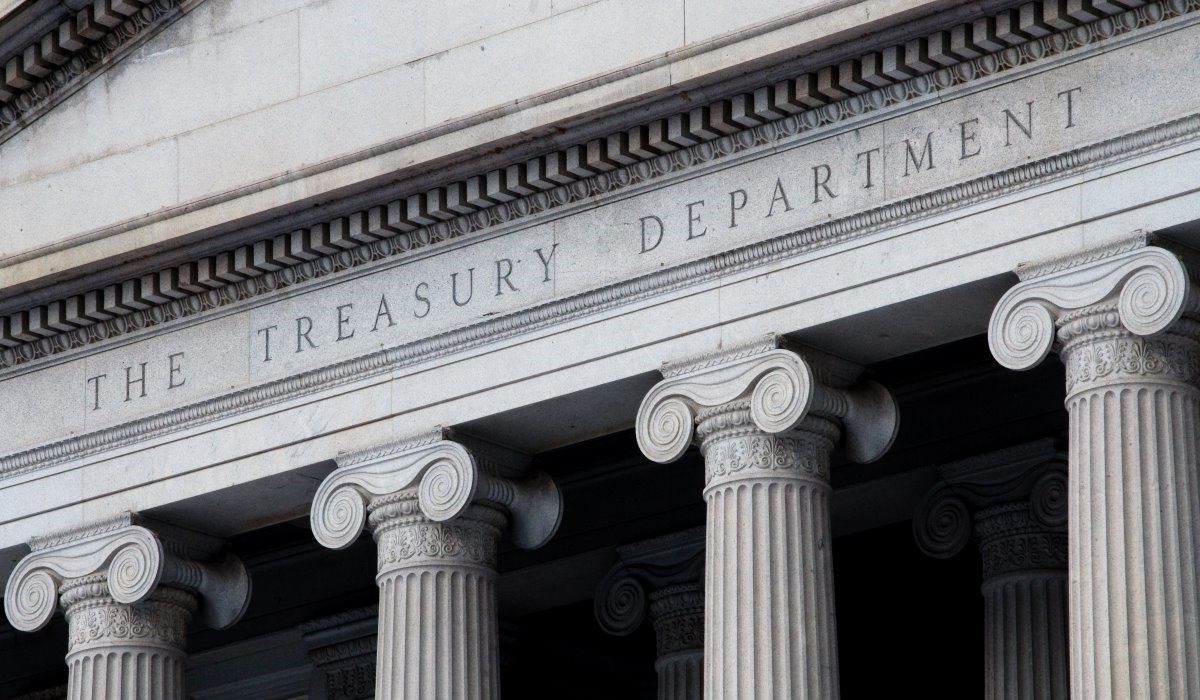The Canadian and American economies are closely intertwined and tend to perform similarly. Which makes sense, since the two countries have similar levels of affluence and strong cross border trade. Rarely do the two countries see much economic divergence, but this is one of those times. The Canadian economy is slowing much faster than the U.S., resulting in diverging monetary policies and inflation expectations. The result is bond yields for the two countries have formed the widest gap since the Asian Financial Crisis nearly 30 years ago. That means a lot of things won’t be in Canada’s favor, including the exchange rate.
The Canadian & American Economies Typically Move Together, But Canada Is Weakening Much Faster
Bond yields reflect the market’s inflation expectations in the near term. For those that need a refresher, inflation is the non-productive price growth that results from excess demand relative to the actual supply. It’s sometimes bluntly phrased as, “too much money chasing too few goods.” Often this is a sign of a robust economy, and it requires higher interest rates to slow borrowing for excess consumption.
Canada and the U.S. are on two totally different pages right now. Weak demand in Canada, largely due to soaring shelter costs eliminating disposable income, has led to weak consumption and credit growth. The Bank of Canada (BoC) has stated the economy is now in “excess supply,” meaning the scale of output is high relative to the actual demand. This has helped to lower expectations of inflation, having a big impact on bond yields.
Meanwhile the American economy continues to hum along. Consumers haven’t slowed down nearly as much as many had anticipated, remaining in “excess demand” despite rising rates. It’s rare for household optimism to slow during an election year, but it still surprised many forecasters. As a result of the robust demand, inflation is expected to remain robust in the near term helping to boost yields.
Canada & The US Have The Widest Bond Yield Divergence Since The Asian Financial Crisis
The divergence between the two economies is rare, and it’ll require an equally rare divergence in monetary policy.
“… this unusual development supports a significant divergence in monetary policy, now reflected in the widest spreads on 2-year Treasury yields between Canada and the U.S. since the 1997- 98 Asian crisis—a key driver of the exchange rate,” explains Stéfane Marion, chief economist at National Bank Financial (NBF).

Source: National Bank Financial.
He warns that doesn’t just mean lower borrowing costs, but a weaker currency for Canada. Without a substantial rise in commodity prices, priced in U.S. dollars even in Canada, they see the Canadian dollar becoming a lot weaker in the coming months.
The unusual circumstances will be amplified by an immigration policy shift too, according to NBF. Canada recently announced it would balance the recent record population growth with negative growth over the next two years. The bank notes this would be the first time in history the country saw its population fall
“If this unprecedented shift is implemented swiftly, it will likely dampen GDP growth in the coming quarters. This would allow the Bank of Canada to maintain a more divergent monetary policy from the U.S. for a longer period than previously anticipated, especially if shelter cost inflation begins to ease,” he explains.
Canadian Loonie To Weaken Against USD Very Rapidly, Warns A Big Six Bank
Consequently, the bank is adjusting its forecasts and expects a weaker loonie. They now see the USD/CAD exchange rate rising to $1.45 this month, a roughly 3% gain of the USD against CAD. That may not sound like much, but that kind of move within a month is extremely volatile, considering the annual inflation target is just 2% at the central bank.
Most commodities such as corn and lumber are also typically priced in U.S., meaning it may result in imported inflation. This is distinct from domestically generated inflation, as it’s not the result of a stronger economy but a precursor of stagflation—a weak economy with elevated inflation. A setup no one will be keen on seeing arrive anytime soon.



















 English (US) ·
English (US) ·